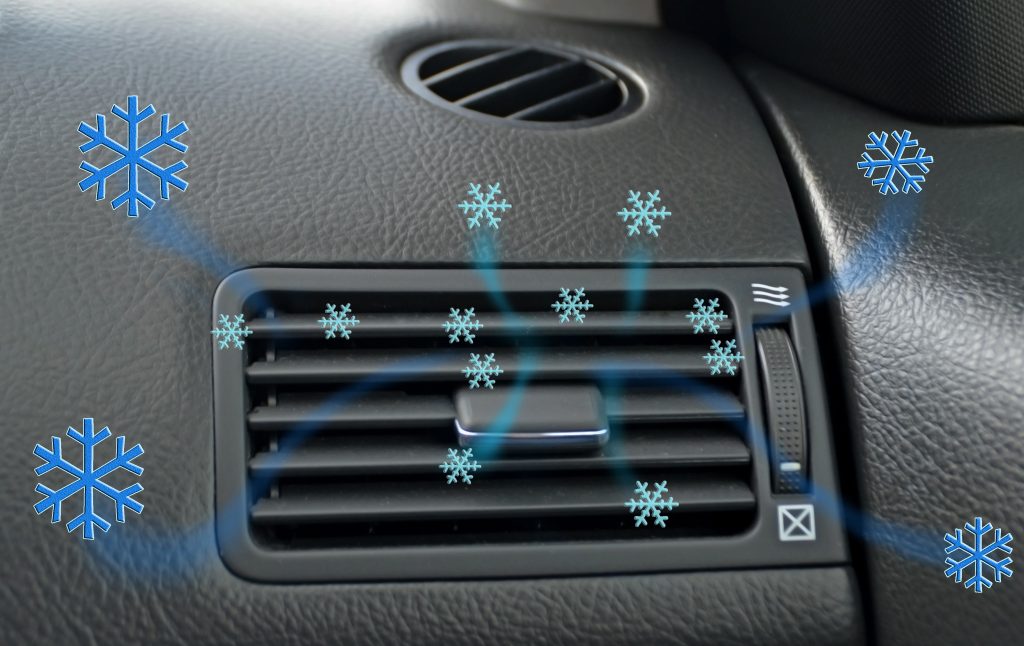What Is My Car’s Air Recirculation Button For?
April 04, 2023
We’ve all seen it, but what does that recirculation button on your car’s climate control system really do and when should you use it?
When you turn on a vehicle’s air conditioning system, it will typically draw in air from outside the vehicle. This air passes through the air conditioning system, where it is cooled and dehumidified before being blown back into the cabin. However, when you press the recirculation button, the system will stop drawing in fresh air from outside and instead recirculate the air that is already inside the car.
The primary reason to use the recirculation button is to cool the air inside the car more quickly.

When the air conditioning system is drawing in air from outside, it has to work harder to cool the hot air on hot days. But by recirculating the already-cooled air inside the cabin, the system can cool the air more efficiently and effectively.
Typically vehicles are more fuel efficient when the recirculate function is on while using the A/C. It takes less work from the A/C system to keep the same air cool instead of constantly cooling hot air from outside the vehicle. Less strain on the A/C means less strain on the engine and likely reduced fuel consumption.
Another advantage of using the recirculation button is that it can reduce the amount of allergens, pollution, and dust that enters your car. This is particularly helpful if you have allergies or you’re driving in an area with heavy traffic or high levels of pollution. By recirculating the air, you can maintain a cleaner, fresher environment inside the cabin.
The recirculation function should generally be avoided in the winter.
When using the heater, recirculating the air inside the vehicle can lead to a buildup of moisture, which can create a fogged-up windshield and windows. The same is true during particularly humid or rainy days any time of the year.
So now that you know what the recirculation button does and how it works, you can push that button and provide all kinds of comfort and safety for yourself and your passengers. For more information on taking care of your vehicle’s climate control system talk to your local BG shop. Be Good to Your Car!
